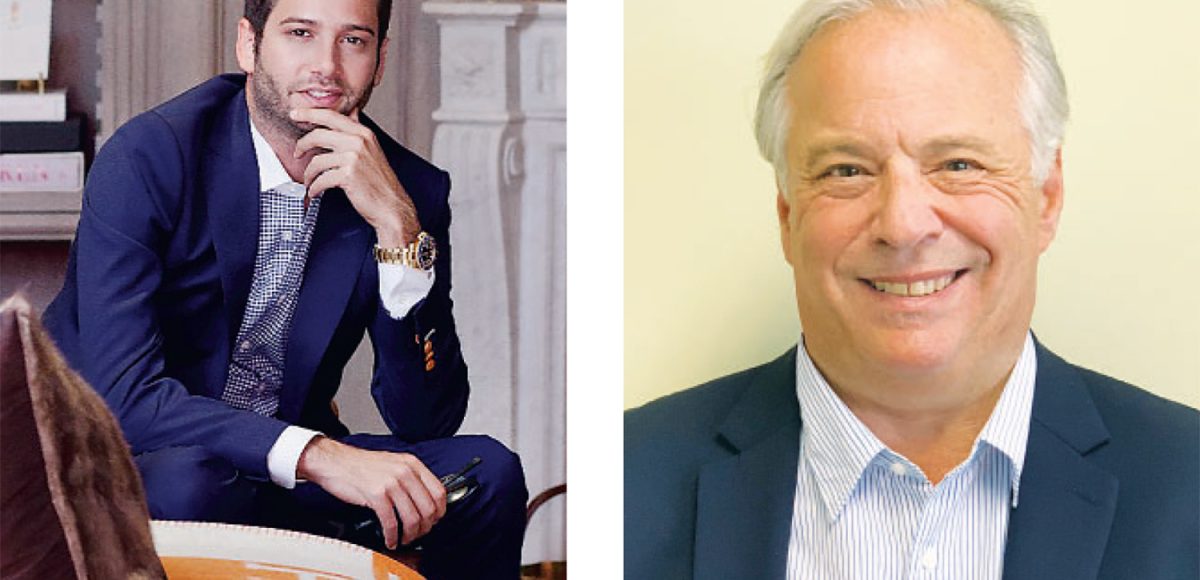It’s hard to believe that until 2012, Beverly Hills never had an Historic Preservation Ordinance and not one designated landmark. In fact, the century-old City was notorious for its lack of preservation rules and the tearing down of a multitude of architectural gems. Today, thanks largely to the efforts of the eight-year-old Cultural Heritage Commission, the City counts 42 properties on its Local Registrar of Historic Properties, with two more awaiting only City Council approval.
Among those protected properties are the Beverly Hills Hotel, Greystone Mansion, and the Beverly Wilshire Hotel. Indeed, a wealth of the preserved properties were designed by master architects including Frank Lloyd Wright, Wallace Neff, Paul Williams and Richard Neutra, whose “Kronish Residence” on Sunset Boulevard (Landmark No. 28) galvanized preservationists and locals to lobby the City Council when it was marked for demolition a decade ago, sparking the process to create the City’s Historic Preservation Ordinance.
“The most important element of the ordinance allows the City to safeguard and protect the significant historic resources which contribute to the uniqueness of Beverly Hills,” said inaugural Cultural Heritage Commission Chair Noah Furie, who helped craft the ordinance while serving on the Planning Commission in concert with his fellow commissioners and City staff.
Furie, who finished his term on the Cultural Heritage Commission at the end of June and was the last remaining original member of the commission, was central in the City’s evolution to become a place that protects exceptional properties. Local realtor Josh Flagg, 34, is slated to be sworn in at the next commission meeting to fill Furie’s seat.
“I have big shoes to fill and I hope to do justice to his legacy,” Flagg told the Courier.
Furie, a real estate broker and Beverly Hills resident for more than 55 years, has spent over 20 years as a City commissioner, including almost eight years on the Planning Commission and four years on the Traffic and Parking Commission. He characterized his time on the Cultural Heritage Commission working to safeguard meaningful historic resources as “the most rewarding job of all.”
“Beverly Hills is a special City, right in the middle of Los Angeles. It attracts visitors from around the world and its special character is enhanced by the wonderful buildings that couldn’t be built today,” Furie told the Courier. “Unfortunately, we lost many significant properties before the Historic Preservation Ordinance was enacted in 2012. With the ordinance in place, we now have the tools to preserve the character of the community for the future.”
He cited the Clock Drive-in Market (Landmark No. 31) on Wilshire Boulevard as a particularly meaningful addition given that it’s one of the last examples of Spanish Revival automobile drive-in architecture in the Los Angeles area.
Former Mayor Barry Brucker recalled working closely with Furie, who he characterized as a “shining star” in the City with a “practical and methodical” approach that has proved invaluable, in helping shepherd the ordinance and commission into being.
“The reason this came about was people were deciding to tear down old historic homes and residences to build the biggest box they could,” he told the Courier. “It didn’t matter if it was a house with a great deal of charm or an architectural marvel, it was all about maximizing the square footage on the property. Our City was becoming a big box residential portfolio.”
Like Furie, Flagg is dedicated to helping preserve the City’s unique architectural legacy. Flagg, who starred on “Million Dollar Listing,” said he was well versed in helping people understand the tax benefits of owning a historic property. In addition, owners can make use of the Mills Act, which provides property tax savings to maintain and rehabilitate historic resources.
“I always had a passion for architecture since I was a little boy,” Flagg told the Courier. “Being a real estate agent, you see a lot of houses that are getting torn down and they have no reason for being torn down. If we can try and encourage people to keep some of these fabulous homes in Beverly Hills or even designate them as historical that’s the goal.”
While nostalgic over the multitude of homes that were torn down in past decades before the City made a commitment to historic preservation, Flagg emphasized that “it’s not too late to try and keep the ones that are still intact.” He cited the Jack Warner Estate, which David Geffen sold to Jeff Bezos for $165 million earlier this year, as one property that would be a meaningful addition to the City’s designated landmark properties.
“It’s super important that we are able to historically designate properties which would otherwise be torn down because the land is worth more than the structure,” he emphasized. “The goal is to work with the homeowner or the commercial owner, not to work against them.”
By Laura Coleman







